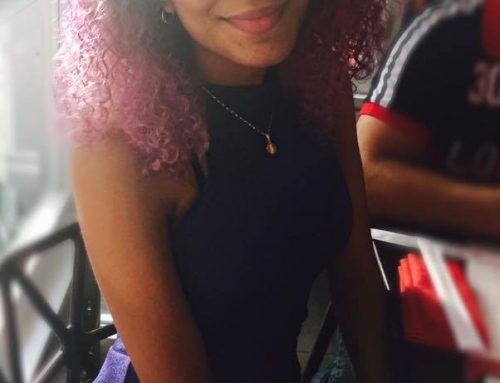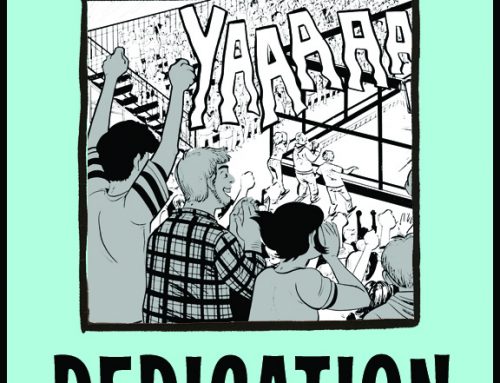test heading
(photo from the LSE Library. These are not advance books, just the regular kind.)
We get a lot of questions about advance books, so here’s some information about how they work!
When we’re done with a book, the files go off to the printer, where they are made into books. But — of course those books aren’t printed too far before the publication date, because we don’t really want to have thousands of copies of anything just hanging around in our warehouse for months and months and months. (Actually, our books typically get into the warehouse three months before the publication date, so months and months and months is fine, it’s just longer than that that’s problematic.)
But if we need to show people what our upcoming books are like before that three-months-ahead date, what do we do?
First Second makes a sampler of all our titles — the cover, plus a few additional pages of what the art looks like — and we provide digital advance copies on NetGalley, which lets teachers and librarians and booksellers and media read them in before we have the final books in.
Sometimes, when there’s a special case, we print an advance copy of the book we’re publishing to send out to those people.
What makes a special case? Maybe we’re starting a new series or it’s a new author or a new style that we want to introduce to our sales reps. Perhaps there’s a media opportunity that we need to book way ahead of time, and they need to see a facsimile of the book before they give the okay. Maybe the author has been asked to speak at a high-profile event and we want to be sure the attendees see how exciting this new book is going to be. Etc.
What do these advance copies look like? Well, they look remarkably like books. (We haven’t made any in a while, so I don’t have pictures. But I’ll put some up next time we make one!)
In the book industry, it’s standard to print advance copies of everything that’s published to send out to people in the industry. We don’t do that at First Second because our books tend to be full-color, and printing advance copies in a way that more-or-less accurately reflects how the final book is going to look is moderately expensive. And we can schedule out early enough to make sure we’ve got books ahead of time for any important pre-publication events.
There are a few different words for advance books. These include:
Galleys: these are the basic-level advance books. No frills here! They tend to be printed on relatively cheap paper and have a cover that’s like, ‘THIS BOOK IS AN ADVANCE BOOK FYI.’
ARCs (Advance Readers Copies) or AREs (Advance Readers Editions): these are the advance books that are produced for a very important title. ARCs may come in a box, have foil stamping or other effects, have a fold-away cover, etc. These are advance books that shout, ‘this is an important book!’
When we do make advance copies, we print a very, very limited number. So — sorry, readers! It looks like if you’re interested in reading our titles, you’ll have to wait until the publication date.





